Schmutzli: the Swiss Santa’s sinister sidekick
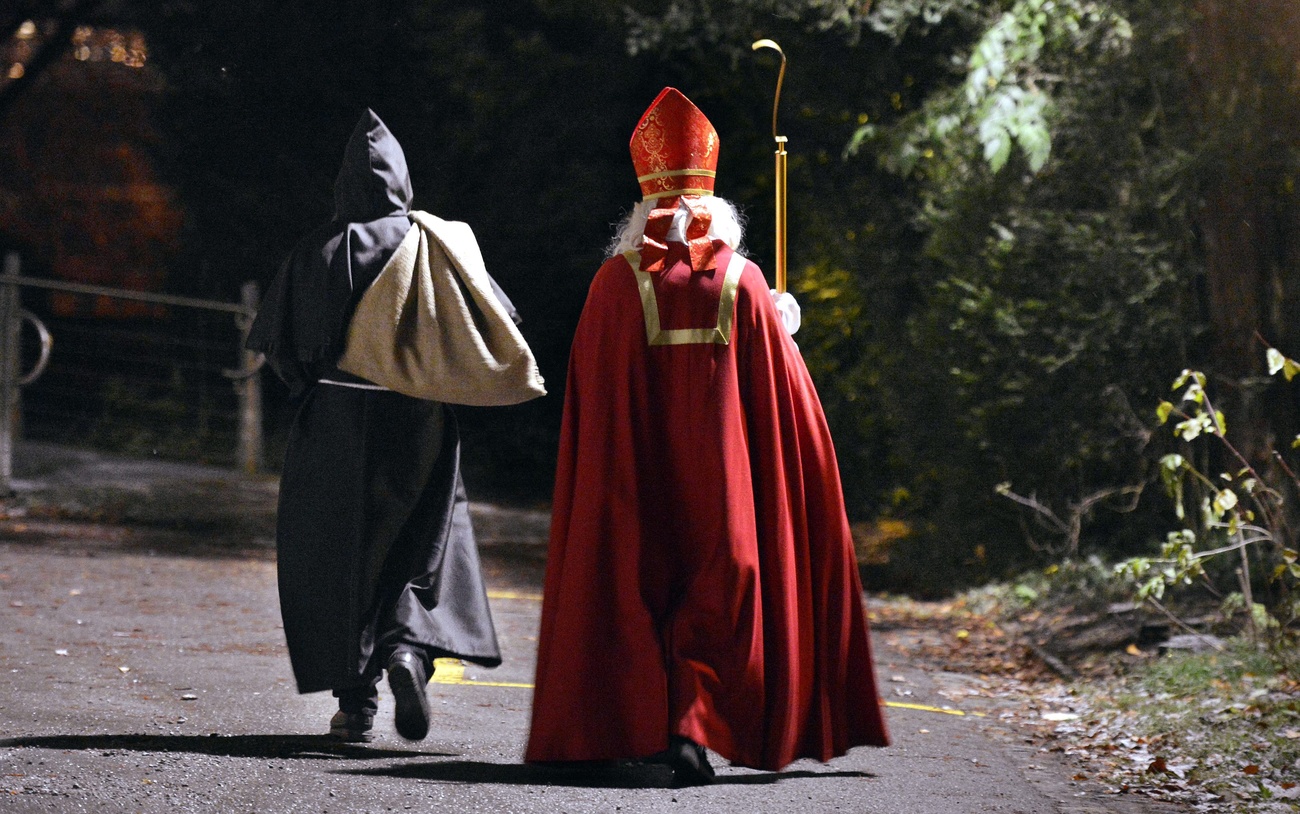
This weekend a red-cloaked figure with a white woolly beard and sack of presents has been paying calls on children across Switzerland.
This is not the Santa Claus known to English-speaking countries but the Swiss version – who is normally accompanied by a strange-looking individual with a blacked out face.
The Swiss Father Christmas was based on Saint Nicholas, whose feast day was celebrated on Saturday – his Swiss German name, Samichlaus, alludes to that. But the origins of his sinister companion are less easy to make out.
Known as Schmutzli in the German part of the country and Père Fouettard (from “whip”) in French, Samichlaus’s alter ego usually carries a broom of twigs for administering punishment to children whose behaviour throughout the year has not been up to scratch.
Over the years though, and despite retaining his foreboding appearance, Schmutzli has evolved into a more benign figure.
At a Samichlaus parade in Bern’s old town on the last Saturday of November he helped hand out gifts of gingerbread and mandarins to the assembled hordes.
There is evidence though that in more conservative parts of the country the traditional Schmutzli is still alive and well.
Lucerne resident Margareta Simons reports that at a St Nicholas gathering there a group of teenage Schmutzlis started chasing some of the children. When they caught a boy, they thrashed him with a broomstick.
“It was quite frightening,” she said. “Later they were roaming round the district, knocking their broomsticks on the buses to scare the children inside.”
Origins
The celebration of St Nicholas Day goes back centuries. According to ethnologist Paul Hugger, writing in the Historical Lexicon of Switzerland, the cult of the saint spread from Italy in the 11th century.
St Nicholas of Myra was said to have shown particular kindness to children and became associated with the giving of gifts.
Kurt Lussi, the curator of religious folklore at Lucerne’s History Museum, says that the St Nicholas custom in Switzerland became interwoven with a festival of noise and masks dating back to pre-Christian times.
Schmutzli, he says, was a symbol of the evil spirits which these ancient festivals sought to drive out with a combination of noise and light. Winter processions involving loud noise and lanterns continue to this day in many parts of Switzerland.
“From 1910 we have documented evidence of a strange figure who appears on St Nicholas Day and is called Butzli, which was later changed to Schmutzli,” said Lussi.
“Schmutzli means an ugly character with a concealed face, and this figure appeared with a black face, red eyes and a black cap.”
According to Lussi, Schmutzli is a figure that derives from the Perchtenlaufen – festivals of driving out demons that are held in Germany and alpine countries.
He gives the example of an illustration from 1486 that depicts a demon who abducts children. “This child-stealing motif returns again in Schmutzli,” he said. “There’s also the Sträggele, another child-stealing figure which I would call a native Swiss demon. Birch brooms are associated with it and that’s also what Schmutzli carries.”
Recent times
Hugger says that the December 6 tradition was originally a form of “letting off steam” for groups of young men, an occasion for them to dress up and make a lot of noise. It was also about protecting their patch.
“Schmutzlis normally appeared in groups. That’s because it was originally a custom observed by groups of boys, who wanted to defend the local girls from boys from outside their village. It was about protecting the marriage market against outsiders.”
But later the Catholic Church tried to “civilise” this rowdy custom by introducing the character of St Nicholas the bishop. And Schmutzli became his companion.
Until the Second World War Schmutzli was known only in Catholic areas – mainly in central and southern Switzerland, according to Hugger.
“It’s new that he’s spread. And that’s because he’s a colourful character.
“Schmutzli brings a touch of fear, which makes the whole thing more attractive. He provides a contrast with the figure of St Nicholas.”
Here to stay
While St Nicholas Day is a quite separate celebration from Christmas, its proximity to December 25 has led to a certain confusion between the Swiss Samichlaus and the American Santa Claus. Today’s Samichlaus is more often seen with a red hood over his head rather than the traditional bishop’s mitre.
If globalisation means Samichlaus’s position is threatened by the growing popularity of the North American Santa Claus, what will become of Schmutzli?
Lussi is convinced both Samichlaus and Schmutzli will survive. “The American Santa Claus has, like Halloween, no big future here. There’s no demand. His appearance is limited to stores and maybe shopping malls or as a figure scaling a building,” he said.
“But that he would at some point take over from St Nicholas and the wild chasing away of spirits – the chances of this are nil.”
swissinfo, Morven McLean
The character known as Schmutzli in German-speaking Switzerland and Père Fouettard in the French part has counterparts in several other countries where he goes under a variety of names including the following:
Knecht Ruprecht, Hans Trapp, Hans Muff, Pelzebock, Drapp, Buzeberg, Zwarte Piet

In compliance with the JTI standards
More: SWI swissinfo.ch certified by the Journalism Trust Initiative
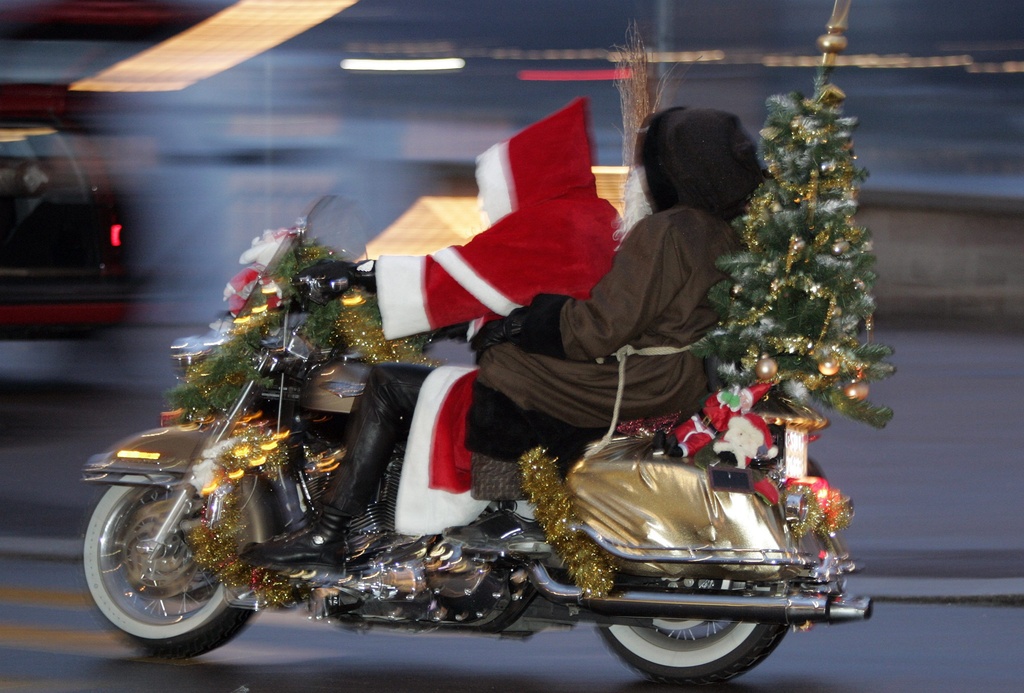
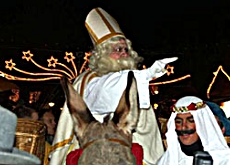
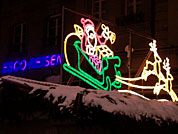
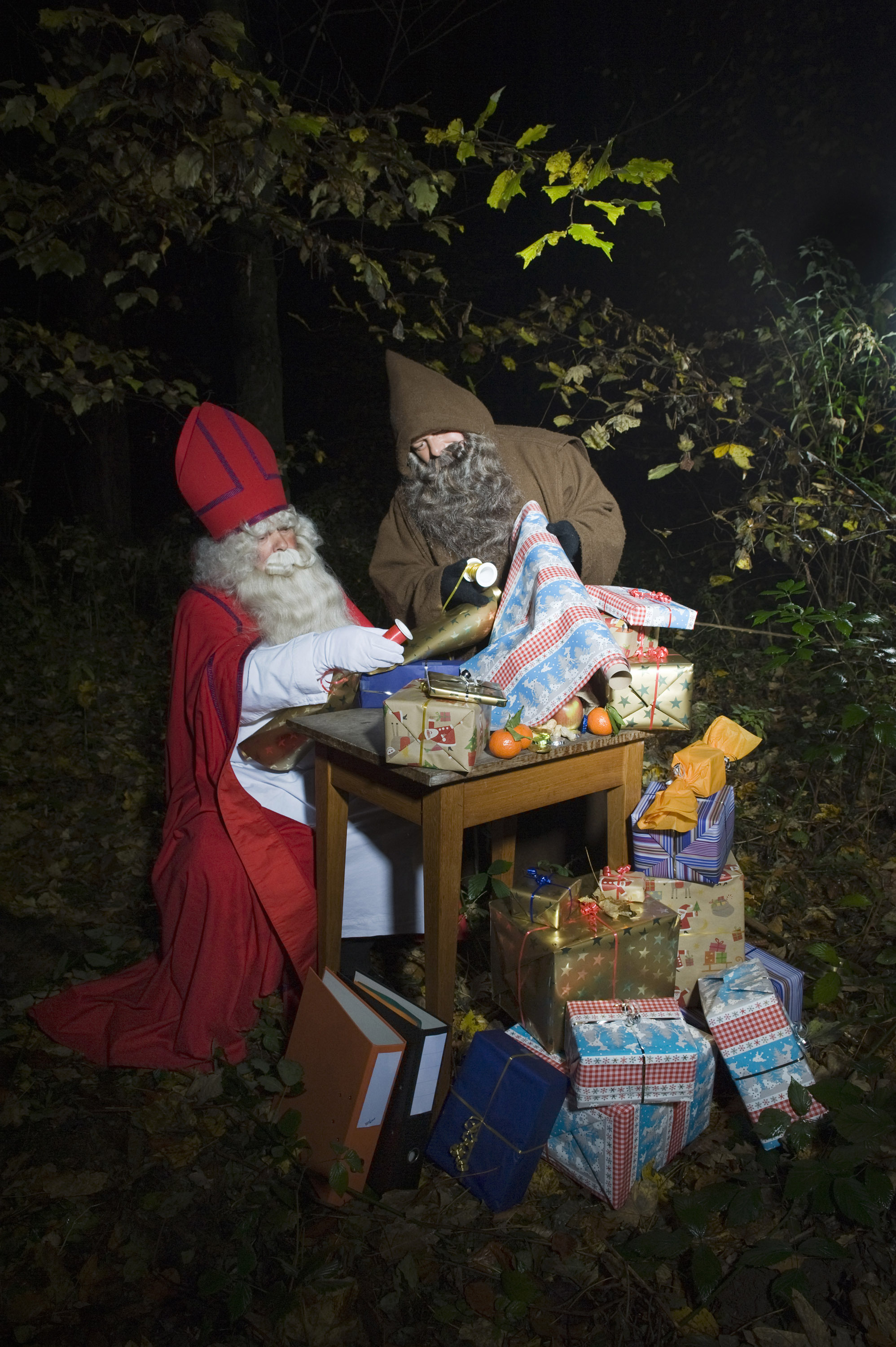
You can find an overview of ongoing debates with our journalists here. Please join us!
If you want to start a conversation about a topic raised in this article or want to report factual errors, email us at english@swissinfo.ch.